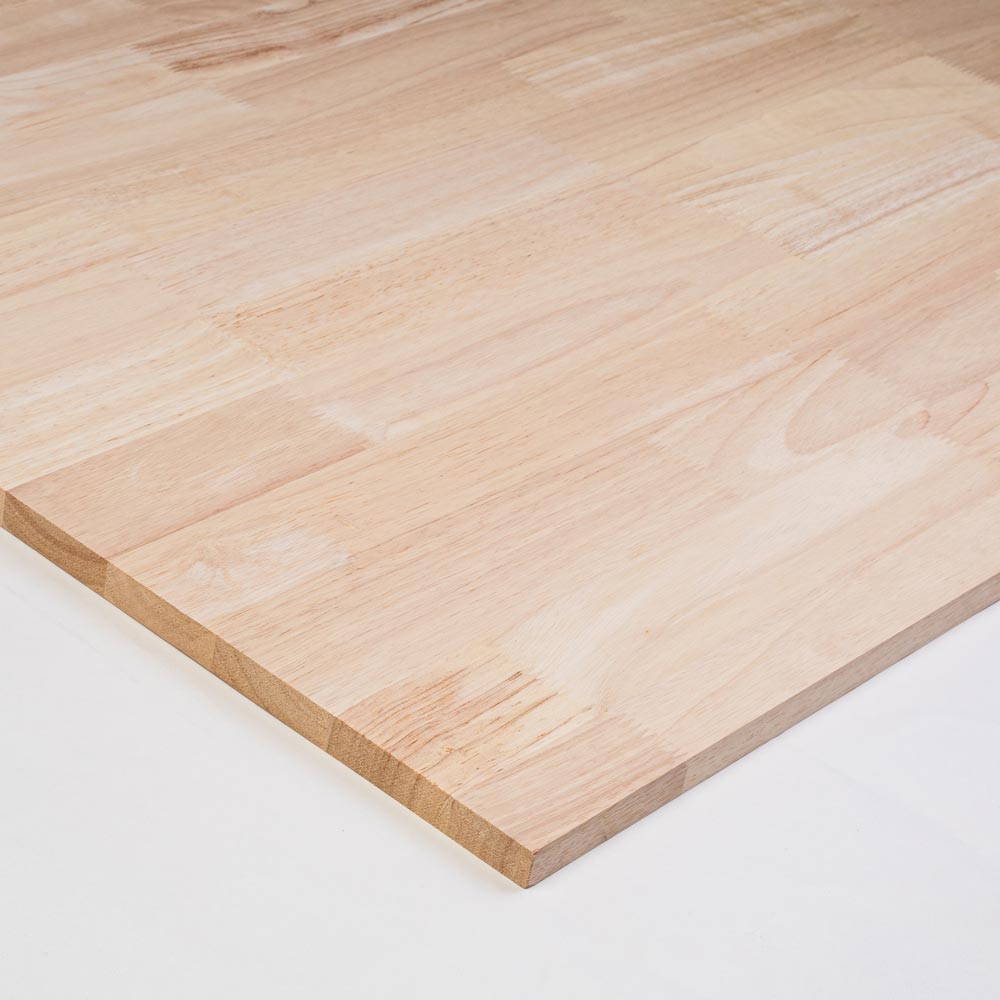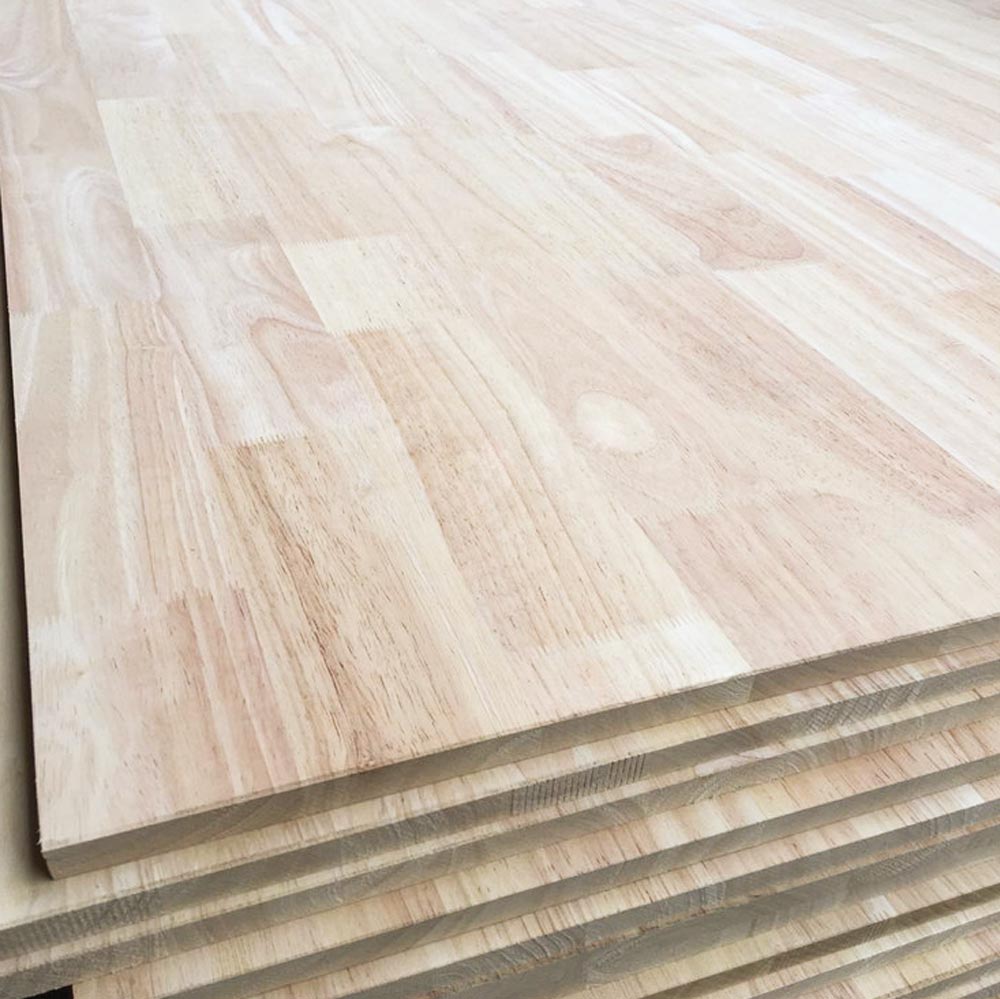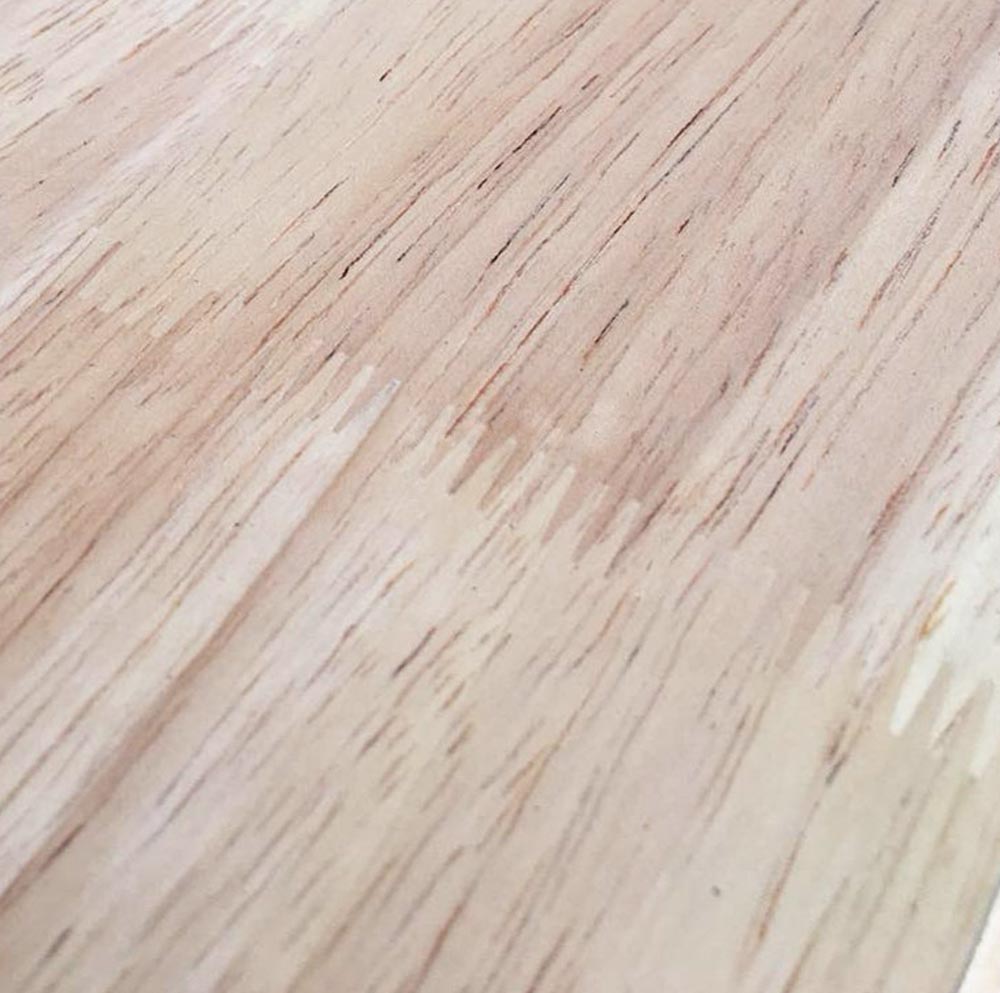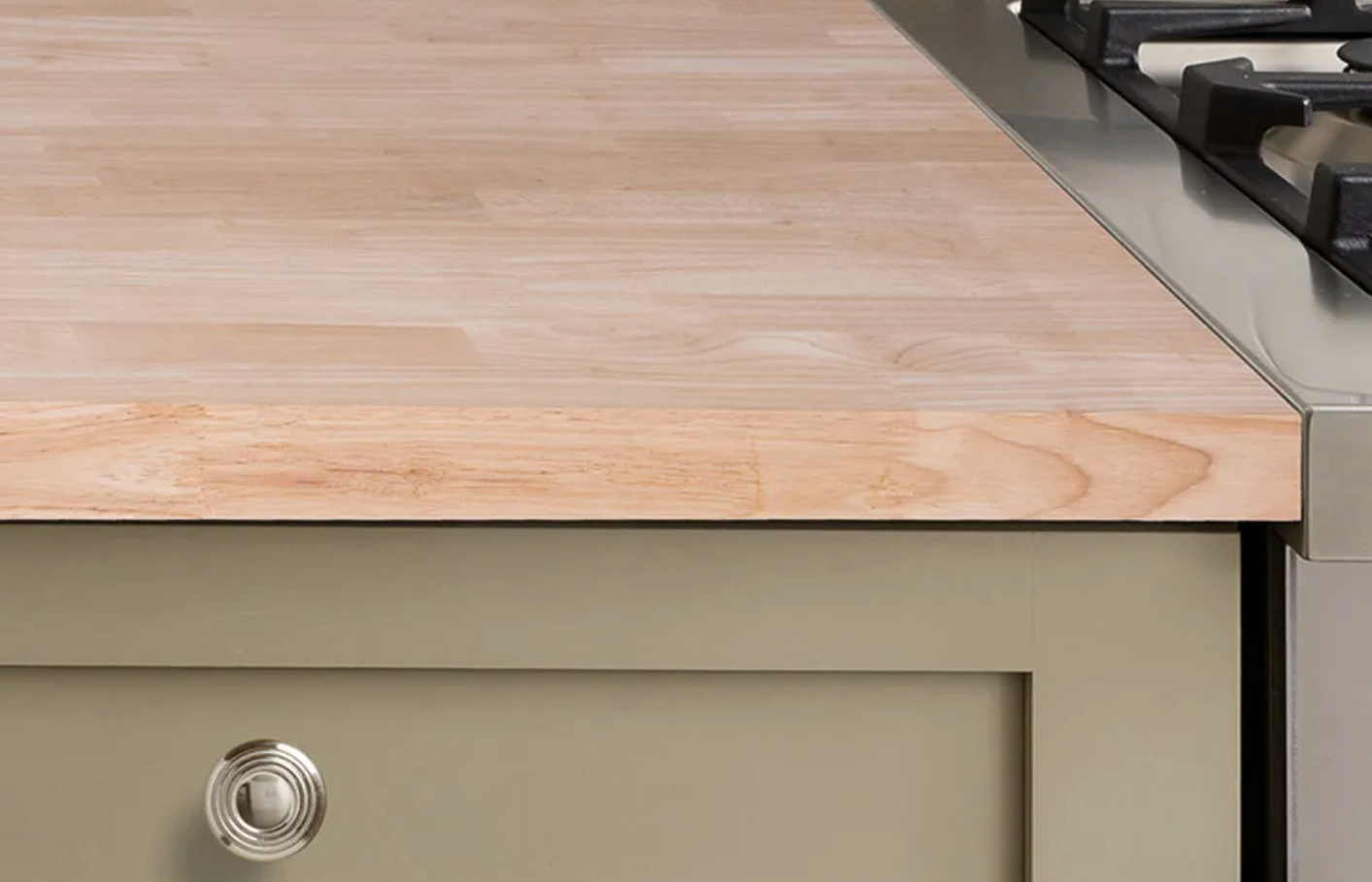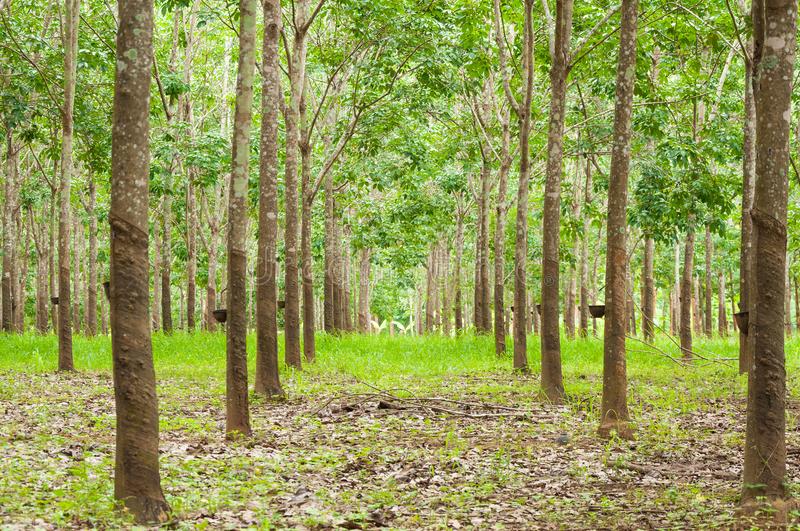Related Products
Our Products
Our Services
Resources
Contact Us
Contact Us
Our Location
Showroom Address:
30 Kranji Loop, #06-12 Timmac@Kranji Block A, S739570
Operating hours:
Mon-Fri: 10am-7pm
Sat: 10am-5pm
Sat: 10am-5pm
Public Holiday & Sunday:
By Appointment Only
Copyright © 2016-2025 Hessen Woodcraft. All rights reserved.






